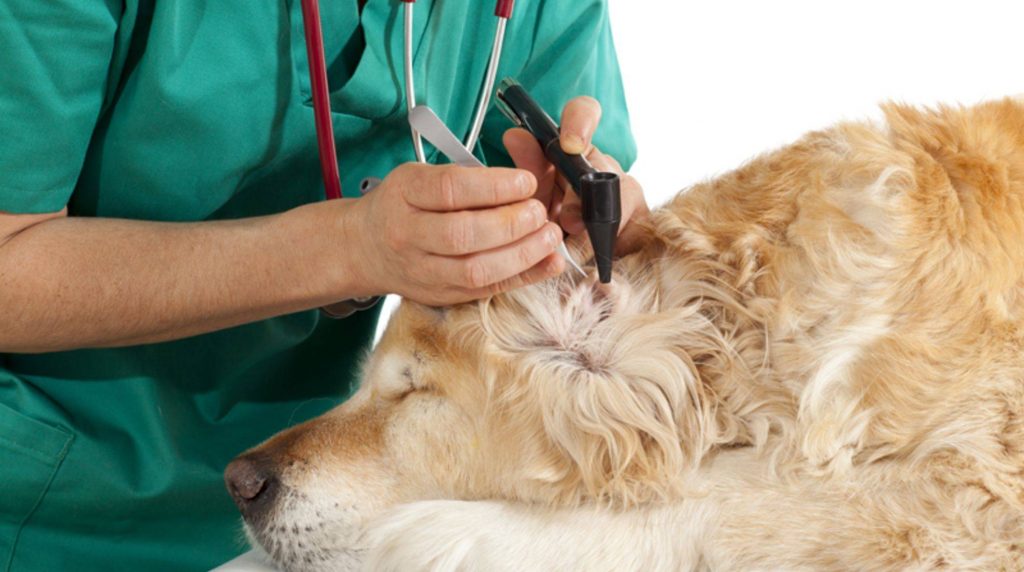The Golden Retriever is a popular family dog. However, some diseases are typical of a friendly four-legged friend. Here you can find out what they are and what you should pay attention to when keeping the strong retriever.

Friendly and fond of children – that is the Golden Retriever. The blond four-legged friend is relatively robust and has an average life expectancy of 10 to 12 years. Some animals even live more than 15 years. A prerequisite for such an old age is maintaining the health of the furry nose. It is all the more important that pet owners know the breed-typical diseases of the Golden Retriever to be able to react immediately if necessary.
Vulnerable eyes
As with many pedigree dogs, A typical problem in the eyes of the Golden Retriever. Cataracts and retinal atrophy are common. Cataracts that cause cataracts often go undetected when they are puppies, so the disease only comes to light when adults. On the other hand, retinal atrophy is one of the slowly but steadily progressing diseases. It is hereditary, and the dogs have to get used to the onset of blindness. The complete loss of sight occurs in most cases – if at all – only in old age.
Epilepsy in Golden Retrievers
Epilepsy is also one of the specific diseases in Golden Retrievers. The disease is usually diagnosed in dogs between one and three years. The four-legged friends often get seizures, including the cramps, when they are at rest or sleeping. You may even lose consciousness for a moment. A common side effect of epilepsy is sudden and uncontrolled urination. However, medication can keep your dog’s life as normal as possible and keep seizures to a minimum.
Other possible diseases
In addition, dogs of this large breed often suffer from hereditary hip dysplasia (maldevelopment of the hip joint) and elbow dysplasia (maldevelopment of the elbow joint), which can increase movement restriction with increasing age. In many breeding associations, however, measures are already being taken to reduce the inheritance of these dispositions. For example, breeding selection has become much stricter in recent years. However, if the dog tends to be overweight or is often physically overwhelmed, such as climbing stairs, these diseases can be promoted.
Mast cell tumours, which usually form in the skin or subcutis, also occur more frequently in Golden Retrievers than in other dog breeds. These can be benign or malignant but should always be treated early as possible. In the worst case, this tumour disease can lead to the animal’s death.








